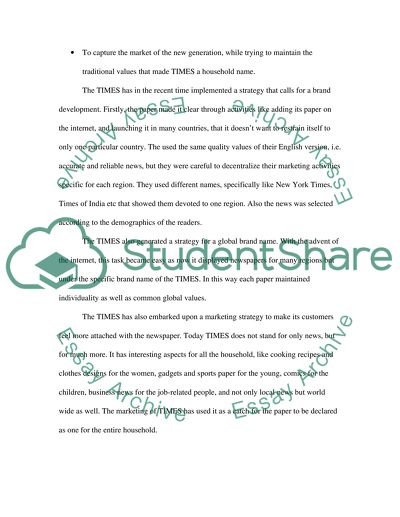Cite this document
(Marketing for a Newspaper Company: The TIMES Case Study, n.d.)
Marketing for a Newspaper Company: The TIMES Case Study. Retrieved from https://studentshare.org/marketing/1531747-marketing-for-a-newspaper-company
Marketing for a Newspaper Company: The TIMES Case Study. Retrieved from https://studentshare.org/marketing/1531747-marketing-for-a-newspaper-company
(Marketing for a Newspaper Company: The TIMES Case Study)
Marketing for a Newspaper Company: The TIMES Case Study. https://studentshare.org/marketing/1531747-marketing-for-a-newspaper-company.
Marketing for a Newspaper Company: The TIMES Case Study. https://studentshare.org/marketing/1531747-marketing-for-a-newspaper-company.
“Marketing for a Newspaper Company: The TIMES Case Study”, n.d. https://studentshare.org/marketing/1531747-marketing-for-a-newspaper-company.


